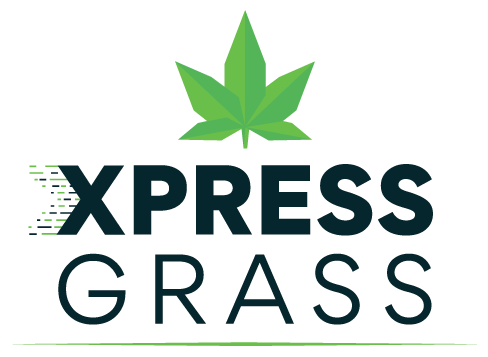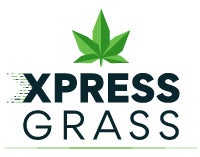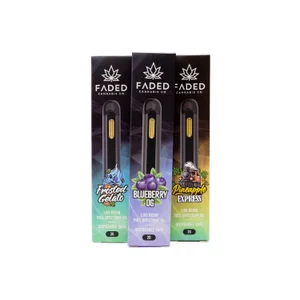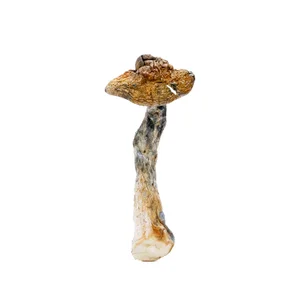Edibles are food items made with cannabis flower or concentrates. Thanks to advances in the cannabis culinary arts and the emergence of distillate, you can find a wide selection of high-quality baked goods, bevhttps://xpressgrass.comerages, and treats that provide the desired effects of cannabis.
The benefits of consuming cannabis-infused edibles is the ability to feel the effects of cannabis without having to smoke flower or vaporize concentrates. Consuming is easy and intuitive — we all know how to eat and drink.
The disadvantage of consuming cannabis-infused edibles is that they’re absorbed through the digestive system, which means the effects may take hours to set in and the potency of effects gradually increases. The effects may onset as quickly as 45 minutes or can take up to 3 hours to onset and the duration can last between 4 and 6 hours. It is possible to feel the effects as early as 20 minutes.
ONSET AND DURATION
Edibles are absorbed through the digestive system, which results in delayed onset as compared to inhalation and sublingual delivery (administered underneath the tongue). While it can take anywhere from 45 minutes to 3 hours to feel the effects, edibles provide a longer duration of effects when compared to other consumption methods.
WHAT IS A DOSE?
The potency of an edible is measured differently than cannabis flower or concentrate. Instead of stating the percentage of cannabinoid strength, the potency of an edible product is indicated by the milligram (mg) amount of cannabinoids contained in the product. An edibles package will typically state both the milligrams per serving and the milligrams in the entire package. For example, an entire chocolate bar may have 50 mg of THC. If the desired dose is 5 mg, the bar can be divided into ten 5-mg doses.
FINDING THE RIGHT DOSE
Beginners should start with an initial dose of 5 mg then wait 24 hours to evaluate the effects. Increase the dose by 2.5 or 5 mg every 24 hours until you feel the effects. This will be your minimum effective dose.
Knowing the accurate dosage of an edible product and consuming at a measured pace is extremely important due to the delayed onset time and variable dosage options. The recommended dose for beginners is 1 to 5 mg of THC.
Beginners should start with an initial dose of 5 mg then wait 24 hours to evaluate the effects. Increase the dose by 2.5 or 5 mg every 24 hours until you feel the effects. This will be your minimum effective dose.
Because so many factors affect how your body might interact with cannabinoids found in edibles, dosing recommendations contain ranges rather than definitive quantities.
HOW EDIBLES WORK
Edibles enter the body through the mouth and are absorbed through the gut. The absorbed compounds are metabolized in the liver. THC is metabolized in the liver into a compound called 11-hydroxy-THC. This compound is more potent than THC, has a longer half-life and can be very sedating. It’s this mechanism in the liver that causes edibles to have a different effect in most people. This entire process can take between 45 and 180 minutes.
HOW EDIBLES ARE MADE
When it comes to anticipating the effects of edibles, it’s important to understand how they’re made. The ingredients used and the method of production have an impact on the resulting product, onset time and duration of effects.
Infused edibles found in the marketplace are made using hashish, cannabis distillate — an odorless and flavorless oil — or pure cannabinoid crystals, which are infused into a food product made using a fat, like butter or oil. It’s important to recognize what form of cannabis concentrate was used to create your edibles as they can yield different effects.
Decarboxylation plays a key role in determining the type of effects an edible may present. Decarboxylation is a process by which THCa, present in the raw form of cannabis, is slightly heated and changed into the psychoactive compound THC. The human body cannot convert THCA to THC.
Crystalline is popular because it contains a single cannabinoid — usually CBD or THCA. Crystalline can be sprinkled on foods or blended with dry or wet ingredients during the cooking or baking process, while distillate can be blended with other moist ingredients or mixed directly into liquids. Should you decide to bake your edibles with THCA crystalline, decarboxylation will take place during cooking or baking and the THCA into the intoxicating THC.
Making Edibles at Home
Cannabis-infused butters and oils can be made from scratch at home using dry flower. The overall concept of infusing butters and fats with cannabis involves submerging the dry material in the desired carrier (fat) and gently heating it to slowly extract the cannabinoids from the plant material. The mixture must then be strained to remove any remaining plant material. The infused fat or oil can then be substituted at a 1:1 ratio in any food recipe.
It’s pretty easy to make homemade edibles, but can be very difficult to dose properly. For consistent dosing, effects, and taste use manufactured edibles and check the labels for cannabinoid contents to find what product suits your need.
No time to bake? You can get mail order cannabis delivered to your door from XpressGrass!



